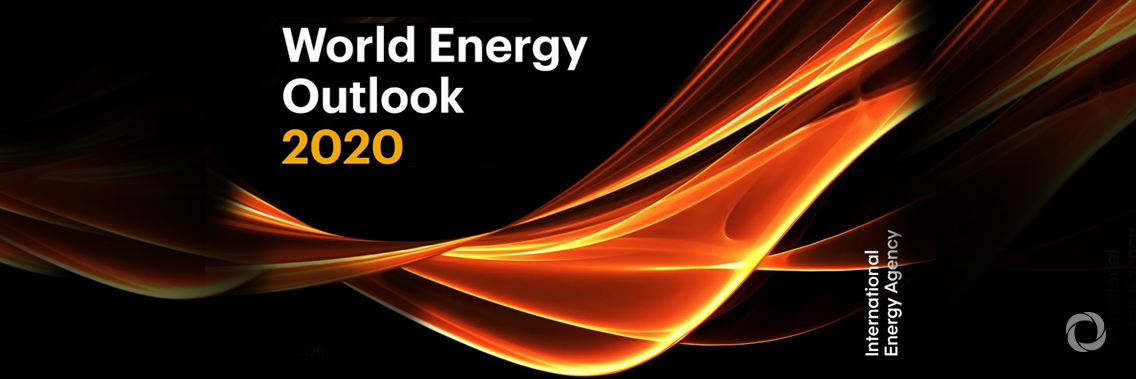Amid deep disruption and uncertainty caused by the pandemic, a surge in well-designed energy policies is needed to put the world on track for a resilient energy system that can meet climate goals.
It has been a tumultuous year for the global energy system. The Covid-19 crisis has caused more disruption than any other event in recent history, leaving scars that will last for years to come. But whether this upheaval ultimately helps or hinders efforts to accelerate clean energy transitions and reach international energy and climate goals will depend on how governments respond to today’s challenges.
The World Energy Outlook 2020, the International Energy Agency’s flagship publication, focuses on the pivotal period of the next 10 years, exploring different pathways out of the crisis. The new report provides the latest IEA analysis of the pandemic’s impact: global energy demand is set to drop by 5% in 2020, energy-related CO2 emissions by 7%, and energy investment by 18%. The WEO’s established approach – comparing different scenarios that show how the energy sector could develop – is more valuable than ever in these uncertain times.
The WEO-2020 shows that strong growth of renewables needs to be paired with robust investment in electricity grids. Without enough investment, grids will prove to be a weak link in the transformation of the power sector, with implications for the reliability and security of electricity supply.
The worst effects of the crisis are felt among the most vulnerable. The pandemic has reversed several years of declines in the number of people in Sub-Saharan Africa without access to electricity. And a rise in poverty levels may have made basic electricity services unaffordable for more than 100 million people worldwide who had electricity connections.
Global emissions are set to bounce back more slowly than after the financial crisis of 2008-2009, but the world is still a long way from a sustainable recovery. A step-change in clean energy investment offers a way to boost economic growth, create jobs and reduce emissions. This approach has not yet featured prominently in plans proposed to date, except in the European Union, the United Kingdom, Canada, Korea, New Zealand, and a handful of other countries.
A significant part of those efforts would have to focus on reducing emissions from existing energy infrastructure – such as coal plants, steel mills and cement factories. Otherwise, international climate goals will be pushed out of reach, regardless of actions in other areas. Detailed new analysis in the WEO-2020 shows that if today’s energy infrastructure continues to operate in the same way as it has done so far, it would already lock in a temperature rise of 1.65 °C.
The different pathways in the WEO-2020:
- The Stated Policies Scenario (STEPS), in which Covid-19 is gradually brought under control in 2021 and the global economy returns to pre-crisis levels the same year. This scenario reflects all of today’s announced policy intentions and targets, insofar as they are backed up by detailed measures for their realisation.
- The Delayed Recovery Scenario (DRS) is designed with the same policy assumptions as in the STEPS, but a prolonged pandemic causes lasting damage to economic prospects. The global economy returns to its pre-crisis size only in 2023, and the pandemic ushers in a decade with the lowest rate of energy demand growth since the 1930s.
- In the Sustainable Development Scenario (SDS), a surge in clean energy policies and investment puts the energy system on track to achieve sustainable energy objectives in full, including the Paris Agreement, energy access, and air quality goals. The assumptions on public health and the economy are the same as in the STEPS.
- The new Net Zero Emissions by 2050 case (NZE2050) extends the SDS analysis. A rising number of countries and companies are targeting net-zero emissions, typically by mid-century. All of these are achieved in the SDS, putting global emissions on track for net-zero by 2070. The NZE2050 includes the first detailed IEA modelling of what would be needed in the next ten years to put global CO2 emissions on track for net-zero by 2050.
Read the report: World Energy Outlook 2020.
Original source: IEA

